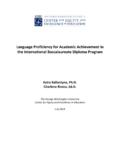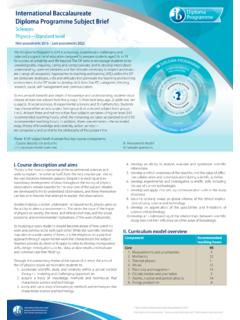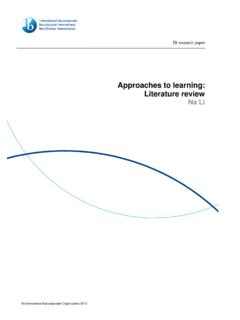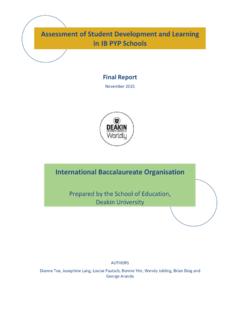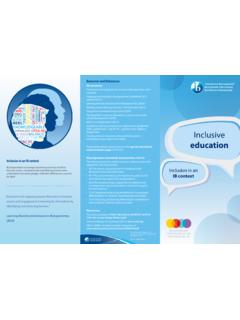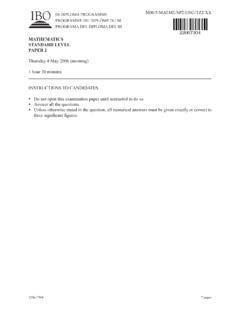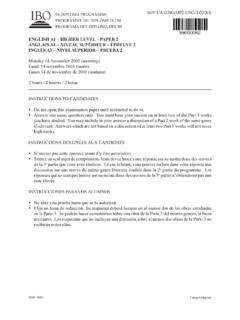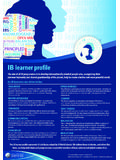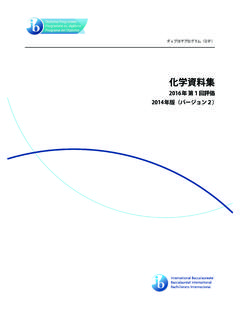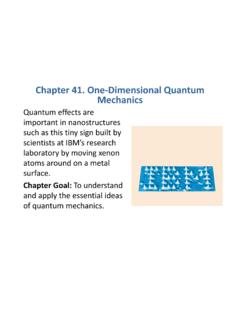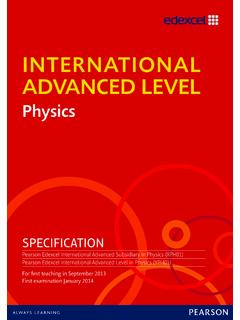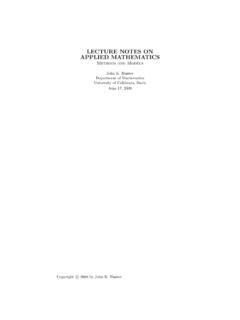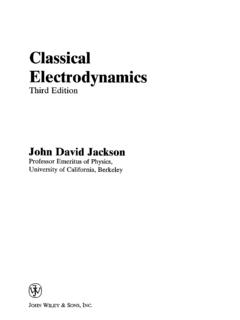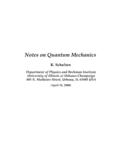Transcription of International Baccalaureate Diploma Programme
1 International Baccalaureate Diploma Programme Standard level and higher level courses The Diploma Programme model The IB Diploma Programme (DP) is a rigorous, academically challenging and balanced Programme of education designed to prepare students aged 16 to 19 for success at university and in life. The DP aims to encour- age students to be knowledgeable, inquiring, caring, open-minded and to develop intercultural understanding and the attitudes necessary to appreciate a range of viewpoints. The DP provides the opportunity to develop both disciplinary and inter- disciplinary knowledge that meets the rigorous standards set by institu- tions of higher learning around the world. To ensure both breadth and depth of knowledge and understanding, students choose courses from the following subject groups: studies in language and literature; language acquisition; individuals and societies; sciences; mathematics; and the arts.
2 Most subjects may be taken at either standard level (SL) or higher level (HL). To earn the full Diploma a student must take at least three subjects at HL. In addition, three core elements the extended essay, theory of knowledge and creativity, activity, service are compulsory and central to the philosophy of the Programme . The nature of HL and SL courses Curriculum and assessment It is essential for any pre university education to equip stu- Both SL and HL courses are meant to span the two years of dents with the depth of discipline-specific knowledge and the DP. SL courses are recommended to have at least 150. skills that they will need for their chosen academic and career hours of instructional time, and HL courses are recommended paths. However, this must be balanced with the breadth to have at least 240 instructional hours. needed to develop well-rounded students who can draw connections between the different disciplines.
3 In most cases both SL and HL courses consist of the same ed- ucational aims, core syllabus and curriculum and assessment As such, the philosophy of the IB DP is that students should models. HL courses typically also include a range of additional engage with a range of subjects while being able to explore elements designed to allow students to explore areas of inter- specific areas of personal interest in greater depth. SL cours- est within the subject in more depth. In this sense, SL courses es ensure students are exposed to a range of disciplines are not watered down versions of their HL counterparts. The that they might otherwise opt out of, and HL courses allow assessment criteria are equally demanding for both levels, and students to spend more time with subjects they are more SL exams are marked and standardized with the same rigour interested in by exploring options in addition to the SL core as all IB coursework.
4 Curriculum. In this sense, all DP courses, regardless of whether they are SL or HL, are integral to the Programme . International Baccalaureate Organization 2015. International Baccalaureate | Baccalaur at International | Bachillerato Internacional . Comparisons with other Programme of study Typically when doing course comparisons, external bodies have compared IB SL courses with the alternative curriculum. Com- parisons have been made between SL courses and AP, A level, Australia National Curriculum, Indian boards, Knowledge and Skills for University Success (KSUS) and so on, and in most instances SL courses were found to be as demanding if not more so than the comparative courses. The below figures on DP student exam performance provide some evidence of the equitability of SL and HL assessments. HL/SL course grade distributions, May 2014 Average HL/SL grades for each subject group, May 2014.
5 HL HL Avg Score SL SL Avg Score Grade 1 Grade 2 Grade 3 Grade 4 Grade 5 Grade 6 Grade 7 Group 1 Group 2 Group 3 Group 4 Group 5 Group 6. The below example of the DP physics course highlights the nature of the difference in curriculum and assessment between HL. and SL courses. DP physics curriculum components DP physics assessment components Syllabus component Recommended teaching Component Overall weighting (%) Duration (hours). hours SL HL SL HL. SL HL Paper 1 20 20 1. Core 95 Paper 2 40 36 1. Measurements and uncertainties 5. 2. Mechanics 22 Paper 3 20 24 1 3. Thermal physics 11 Internal 20 20 10 10. 4. waves 15 assessment 5. Electricity and magnetism 15. 6. Circular motion and gravitation 5. 7. Atomic, nuclear and particle 14. physics 8. 8. Energy production Additional higher level 60. 9. Wave phenomena 17. 10. Fields 11 Byrd, S, Ellington, L, Gross, P, Jago, C, Stern, S. 2007. Advanced Placement and International 11.
6 Electromagnetic induction 16 Baccalaureate : Do they deserve gold star status? Washington, DC, USA. Thomas B Fordham 12. Quantum and nuclear physics 16 Institute Option (1 of 4) 15 25 Conley, D., Ward, T. 2009. International Baccalaureate Standards Development and Alignment Project. Educational Policy Improvement Center, Eugene, Oregon. A. Relativity 15 25. B. Engineering physics 15 25 Dixon, M, Charles, C, Moss, J, Hubber, P and Pitt, P. 2014. The International Baccalaureate Diploma Programme : Alignment with the Australian Curriculum and Australian Qualifications C. Imaging 15 25 Framework. Bethesda, MD, USA. International Baccalaureate Organization. D. Astrophysics 15 25. Geetha, T. 2009. Comparative Curriculum Analysis of the IB Diploma course and the CBSE and the CISCE for their senior school examination courses. Central Institute of Education, University of Delhi. Practical scheme of work 40 60.
7 Practical activities 20 40 Office of Qualifications and Examinations Regulation (OFQUAL), 2012. International comparisons in senior secondary assessment. Individual investigation (internal 10 10. assessment) 10 10. Qualifications and Curriculum Authority (QCA), 2003. Comparability between GCE and Group 4 project International Baccalaureate examinations: +/www. Total teaching hours 150 240 For further examples of curriculum and assessment requirements for specific DP HL and SL courses, subject briefs for all courses are available at: ib-recognition-resources-and-document-li brary/.
